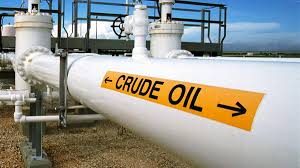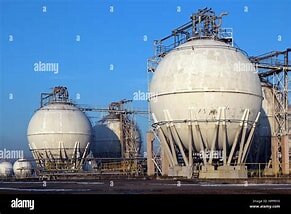London, March 14, 2024 – Oil prices rose on Thursday as investors digested the International Energy Agency’s (IEA) latest oil market report which made an upward revision to demand growth forecasts and cut its projection for non-OPEC supply in 2024.
Brent crude futures for May rose 58 cents, or 0.69%, to $84.61 a barrel by 1228 GMT. U.S. West Texas Intermediate (WTI) crude for April was up 75 cents, or 0.94%, at $80.47.
Brent’s intra-day high of $84.82 was its highest since Nov. 7.
The IEA forecast first-quarter global demand growth to rise a higher than previously expected 1.7 million barrels per day (bpd) because of an improved U.S. outlook and firmer bunkering demand owing to longer voyages to avoid the Red Sea.
It also raised its 2024 demand growth forecast by 110,000 bpd from its previous report but warned that “the global economic slowdown acts as an additional headwind to oil use”. The agency expects overall demand growth to slow to 1.3 million bpd this year after growth of 2.3 million bpd last year.
“Whilst the IEA’s view on global oil balance is still more than a country mile away from OPEC’s prognosis, this report does nothing to dent the developing upbeat mood,” said PVM analyst Tamas Varga.
The IEA also cut its 2024 supply forecast, factoring in the latest cuts from the OPEC+ coalition as well as lower output from non-OPEC nations. It expects oil supply to rise by 800,000 bpd to 102.9 million bpd this year.
“Upward revisions on demand growth and lower supply growth estimates result in almost a 400,000 bpd tighter market compared to last month,” said UBS analyst Giovanni Staunovo.
Brent closed above $84 a barrel for the first time since November on Wednesday after both contracts chalked up close to 3% daily gains on an elevated U.S. demand outlook and heightened geopolitical risk.
U.S. crude oil stockpiles fell unexpectedly as refinery processing increased in the week to March 8, according to the Energy Information Administration (EIA).
Gasoline inventories slid for a sixth straight week, meanwhile, beating expectations of a 1.9 million-barrel draw.
Ukrainian drone strikes on Russian refining facilities continued for a second day on Wednesday.
Russia’s seaborne fuel exports fell 1.5% from the previous month in February because of unplanned outages at refineries after attacks, data from industry sources and Reuters calculations showed. (Reuters)




